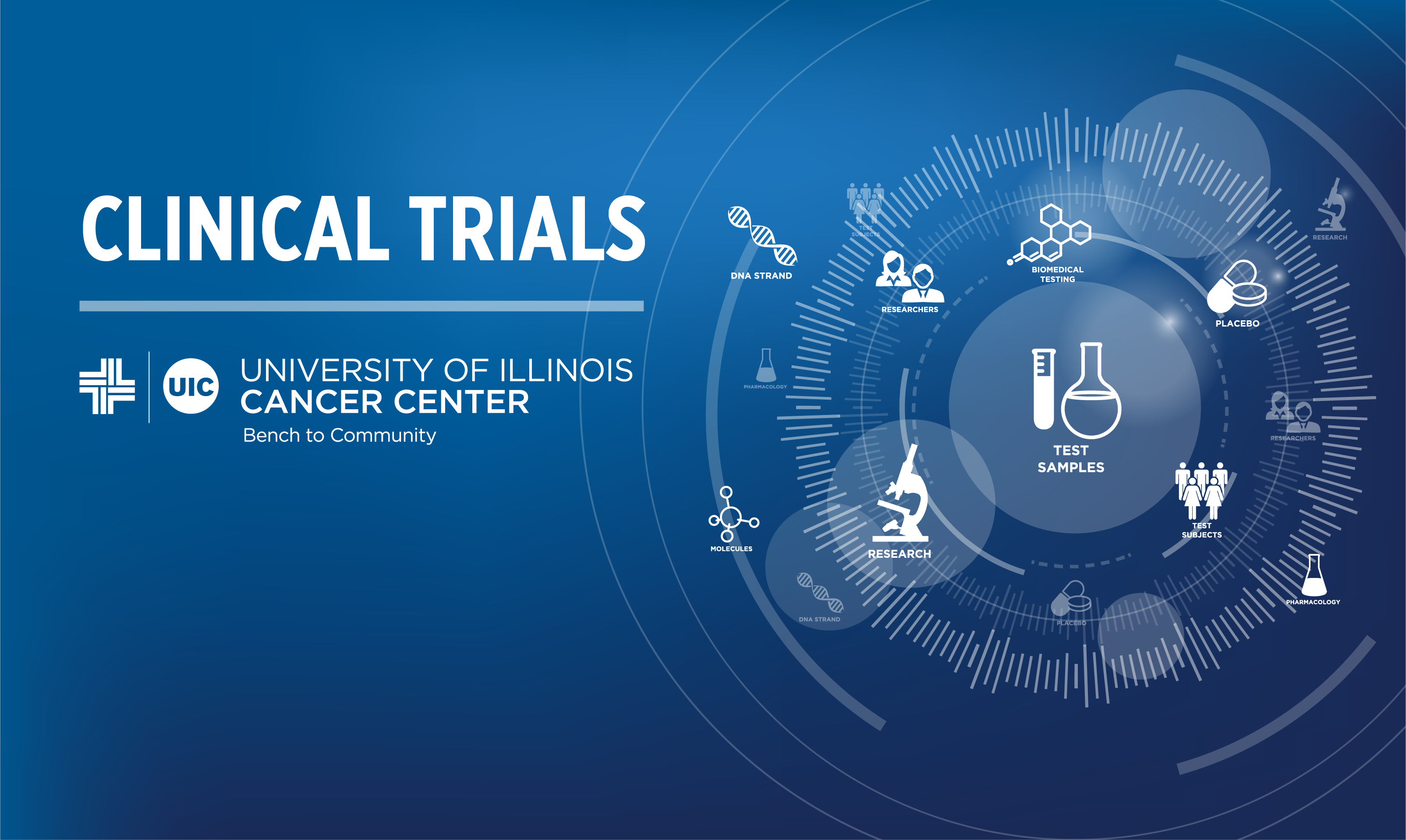
Multiple myeloma (also known as Kahler disease, myelomatosis, or plasma cell myeloma) is a type of blood cancer. While it’s not among the most common cancers, it is the second most common blood cancer in the US, after non-Hodgkin lymphoma. It can affect anyone, but is more common in males, people over age 65, and the Black community.
Multiple myeloma begins in the plasma cells. Plasma cells are white blood cells, which are cells that produce antibodies — proteins that help fight off infection and protect you from getting certain diseases more than once.
In multiple myeloma, cancerous plasma cells collect in your bone marrow, which is the spongy tissue inside of your bones. These cells multiply and produce M protein, which is an antibody that can cause tumors and damage your kidneys, bones, or immune system. Having too much M protein in the blood is a hallmark characteristic of multiple myeloma.
As the cells multiply, they crowd out normal, noncancerous cells — red blood cells, white blood cells, and platelets — that your body needs to function properly. The reduced number of normal cells can lead to serious consequences, such as excessive bleeding and decreased ability to fight infection.
There are several types of treatments, from drug therapy to radiation to surgery. If the cancer has improved, but then signs or symptoms return, it’s called relapse. If the cancer does not respond to treatment, or did respond when treatment started but eventually became resistant, it is called refractory.
Here’s Where Our Research Comes In
One of the standard courses of treatment for patients with multiple myeloma is autologous stem cell transplant (ASCT). Noncancerous hematopoietic stem cells — bone marrow cells where red and white blood cells and platelets come from — are transplanted into a patient. This helps their body create new, healthy blood cells to make up for the ones lost due to multiple myeloma.
Before the transplant, patients receive a chemotherapy drug called melphalan, which conditions (prepares) their body. Together, melphalan conditioning and ASCT can prolong survival of patients with multiple myeloma. However, it cannot prevent relapse.
Total marrow irradiation (TMI) can be used alongside melphalan to enhance the anti-myeloma effect of pre-transplant conditioning, and potentially prevent relapse. It is important to do this without increasing toxicity in the body.
Intensity modulated radiation therapy (IMRT) is a method used to deliver the TMI to the bone marrow, while keeping other organs safe. It uses advanced technology that allows for higher doses of radiation to enter the blood marrow and lower doses in the surrounding organs.
BMT-03: Phase I Trial of Total Marrow Irradiation in Addition to High Dose Melphalan Conditioning prior to Autologous Transplant for Patients with Relapsed or Refractory Multiple Myeloma, PI: Pritesh Patel
Our study at University of Illinois Cancer Center aimed to establish the maximum tolerated dose of TMI that can be added to melphalan conditioning in patients who are undergoing ASCT for relapsed/refractory multiple myeloma.
We enrolled and provided TMI therapy to 12 patients (ages 18-75) with relapsed/refractory multiple myeloma who were having ASCT. All participants were patients at UI Health during their participation in the trial.
At day 90, 73% of patients were in complete response (no detectable evidence of tumor in the body) or very good partial response (significant reduction in M protein).
Our findings showed the amount of TMI that can be safely added to melphalan conditioning without increasing transplant-related toxicities — and that it is a promising therapy.
What’s Next?
In our phase 2 study that’s currently underway, we will be further testing clinical results in patients with multiple myeloma.
UI Cancer Center’s Commitment to Multiple Myeloma Research
At UI Cancer Center, reducing cancer disparities and ensuring that all patients can get the care they need are top priorities.
Multiple myeloma disproportionally affects the Black community. It is twice as common and twice as fatal in Black as it is in Caucasion Americans. It’s even more disproportionate among Black men, who are three times more likely to be diagnosed with multiple myeloma.
Since we serve a highly diverse patient population, where Black patients represent a significant part of this population, researching multiple myeloma is central to the mission of UI Cancer Center.
